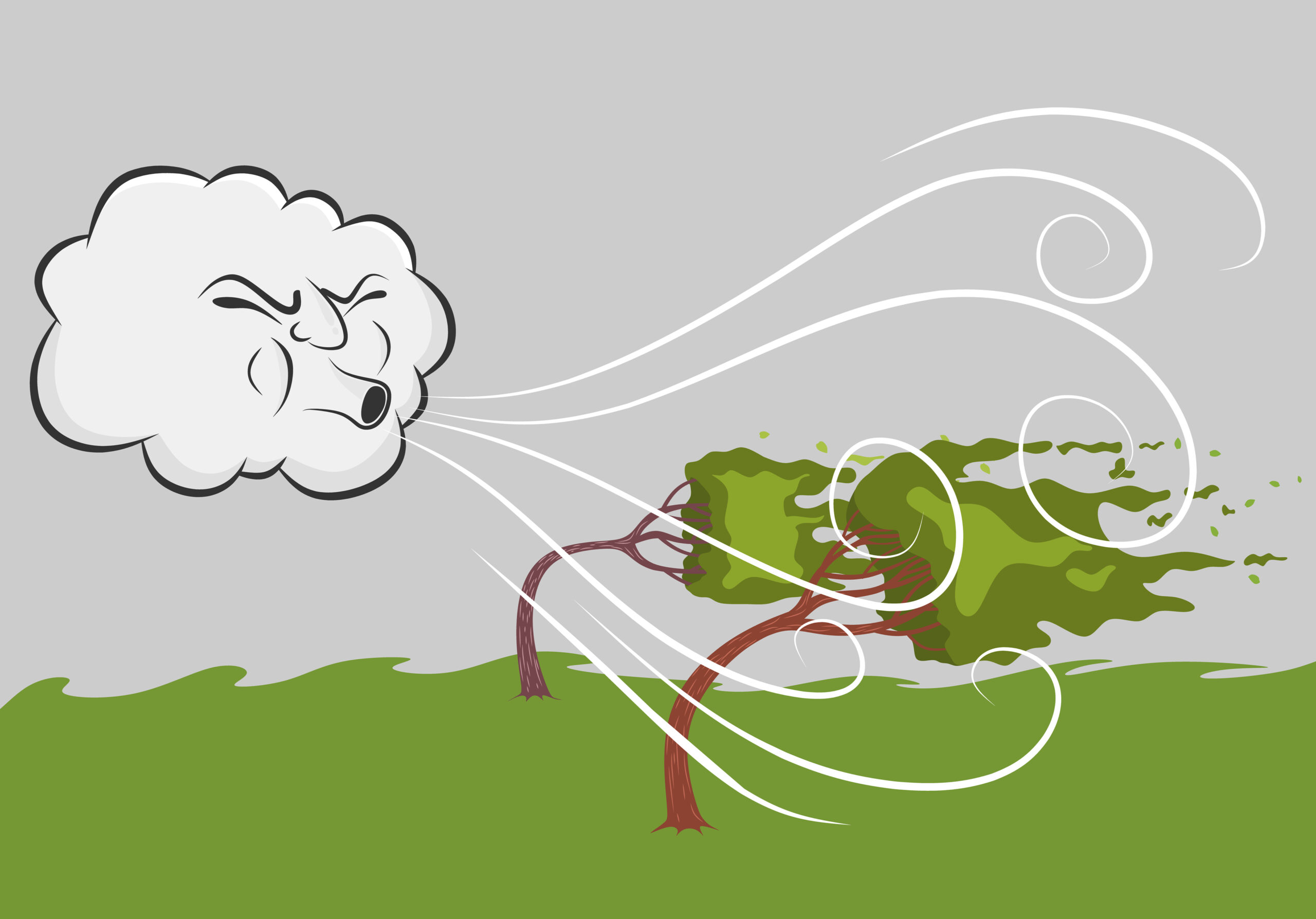
My Favorite AI Use Cases
Traditional supply chain planning was defined by the theory of constraints and the Deming Wheel of Plan, Do, Check, and Act (PDCA) philosophies. The PDCA

Traditional supply chain planning was defined by the theory of constraints and the Deming Wheel of Plan, Do, Check, and Act (PDCA) philosophies. The PDCA

I laugh when business leaders tell me that they are going to replace their current supply chain planning technologies with “AI.” Sounds good, but most

In December, I spoke at an internal supply chain kick-off for a group of consultants. As I prepped, I noticed a document left on the

Supply chain leaders readily agree that industry differences exist in planning. Similarly, debate rages on the differences between regions. Industry differences trump regional definitions, but

The winds of change transform industries. Does a digital transformation add value? Who knows? The answer is blowing in the wind because there is no

This week, I was introduced by phone to a marketing leader new to supply chain planning. I listened in amazement when she said, “My marketing

The populist narrative of supply chains focuses on sourcing ignoring the impact of historic practices that are no longer best practices creating waste and inefficiencies.

Build political capital to drive a supply chain planning culture.

Do these dogs hunt is a blog challenging the validity of the concepts of autonomous planning, probabilistic planning and the use of artificial planning in planning systems.

Let me start with why I selected a baby with ears for this post. I find that most companies’ understanding of supply chain planning is